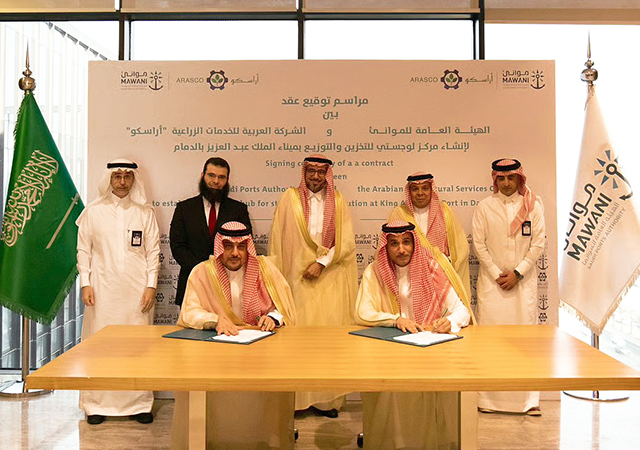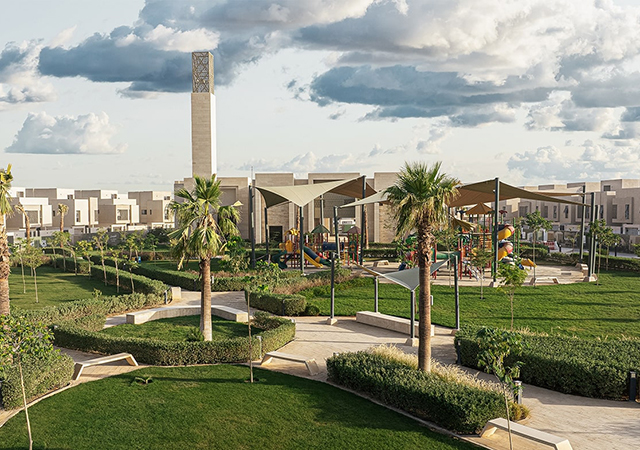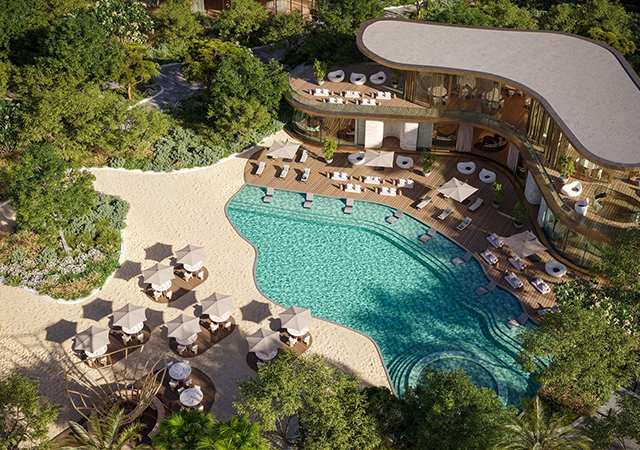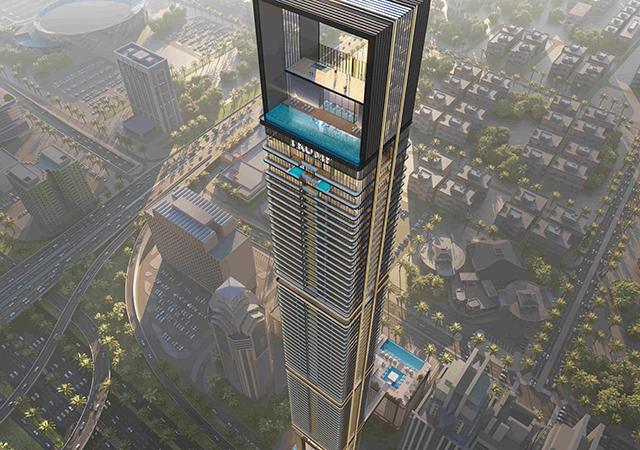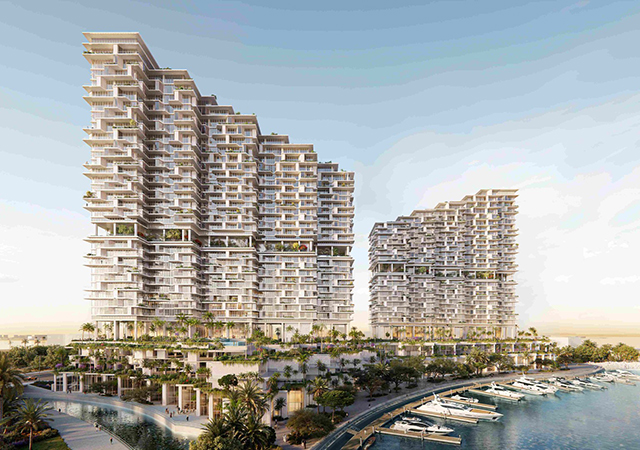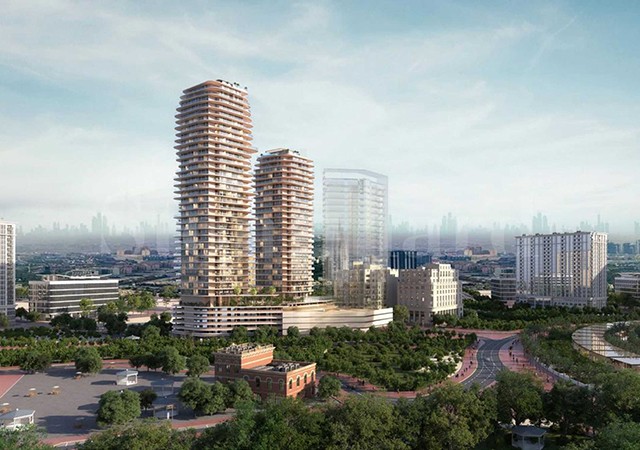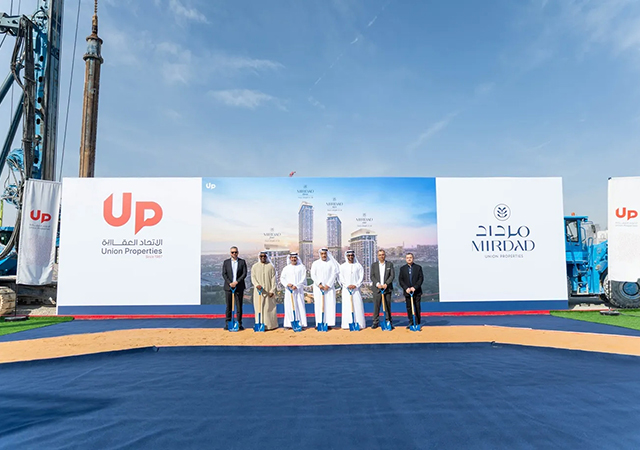LACK of attention to detail in interior designing can make a building prone to pest infestation. For instance, while floor coverings and carpets protect the structure and enhance the aesthetics of the ambiance, they can create hygiene issues and may provide hiding places for insect pests, if not installed properly.
Many pest problems may start in buildings where the carpets are not cleaned properly. Apart from the infestation of ants and beetles, cockroaches may hide along the sides of carpets and bedbugs may lay eggs and hide in the carpets, especially on the sides and near the wall skirting and in the corners of the room. Carpet beetles live, proliferate and damage areas where they are undisturbed such as under carpets, around skirting boards and in wardrobes.
The Jeddah-based Masa Establishment for Pest Extermination, Maintenance and Contracting controls carpet beetles using integrated pest management as a holistic approach. Besides using insecticides, it utilises non-chemical methods such as oxygen removal with the help of argon and carbon dioxide in a sealed environment; and the freezing technique for a recommended time span – two weeks at -18 deg C, seven days at -25 deg C and three days at -30 deg C.
Heat treatment of large spaces such as homes, warehouses, and shops at up to 55 deg C also helps eliminate most carpet and fabric pests and has been a successful alternative
to pesticides.
Bedbugs
Bedbug infestations are insidious, as they typically do not manifest themselves for long and increase over time. Hostels and bed and breakfast outlets are the most common of the transient facilities that become infested, although infestations can be found in upscale homes, apartments and condominiums.
Bedbugs can wander between adjoining apartments through voids in walls and holes through which wires and pipes pass. They often hide within seams, tufts and crevices of mattresses, box springs, bed frames and headboards.
Diatom Dust XR, a natural, non-toxic and safe dust made up from crushed fossils of freshwater marine life, is used for long-term bedbug protection.
Cockroaches
Cockroaches are one of the most resilient pest groups. They have a high reproductive potential and have also become resistant to pesticides like DDT and Chlordane. To control cockroaches, IPM operators have preferred non-chemical methods like cold and heat treatments and insect growth regulators (IGRs). It is important to use IGR in conjunction with an effective conventional residual insecticide, to ensure effective treatment.
Silverfish
Silverfish or Lepisma is a small silvery blue wingless insect that feeds on starch or polysachorides present in glue, book bindings, papers, photos and sugar. When starved of food, they may even attack leather ware and synthetic fabrics in buildings. A ratio of 1:1 dispersion of borax and sugar is a reliable bait to kill Silverfish.
Beetles
Wood borers and other wood-infesting insects can cause serious damage to interior structures. The larvae of these beetles live in and consume dry, seasoned wood. The beetles’ lifecycle lasts from one to 10 years depending on the species.
The adults of old house borers will emerge from the wood after it has been incorporated into a structure. While they will not re-infest the wood because of its dryness, they can attack living wood, diseased or dying trees, logs, lumber and dry seasoned wood.
The responsibility to prevent infestation of wood before it is used in structures lies with those who harvest, mill or store the wood. However, users should take precautions to reduce the risk of building an infestation into structures and furniture. The key to avoid serious problems with these beetles is early detection and control with the help of professional pest controllers.
Termites
Termites are well-known timber-infesting insects. Amongst them, subterranean termites cause major damage to interiors, annually costing millions of dollars in loss of wooden structures and products. Using chemically-treated and termite-resistant wood is the best way to protect furniture and interior structures from these insects.
Successful termite management requires special skills including a working knowledge of building construction. In cases of severe infestation, it is recommended that a professional pest control company is hired to carry out the inspection and control programme, and use an integrated programme to manage termites.
Building design particularly with regard to interiors may contribute to termite invasion. Fine plaster used to cover walls, ceilings, and for making cornices and mouldings, and coarse plaster or cement used to create imitation stone on exterior facades, promote termite infestations. Keeping attic and foundation areas well ventilated and dry, and using screens over attic vents and sealing other openings into the substructure help prevent termite infestation.
Inadequate termite-proofing in preconstruction treatment allows these pests to penetrate building structures. Effective treatment requires the establishment of vertical and horizontal chemical barriers between the wood in the structure and the termite colonies in the soil. If concrete slabs cannot be poured the same day that the soil is treated, a waterproof cover such as polyethylene sheet should be placed over it to retain the chemical.
Post-construction applications involve injection, rodding and/or trenching. Precaution should be taken while applying emulsion until the location of heat or air-conditioning ducts, vents, water and sewer lines and electrical conduits is known and identified. Hollow block foundations or voids of masonry should be treated to create continuous chemical barriers.
Masa Establishment carries out termite-proofing with the recently-introduced Raslan-Imidacloprid 30.5 per cent SC which is non-toxic to humans, other mammals and their environment. The chemical has been shown to be effective at killing termites at low dosage rates under Saudi Arabia’s climatic conditions and is effective for up to 10 years.



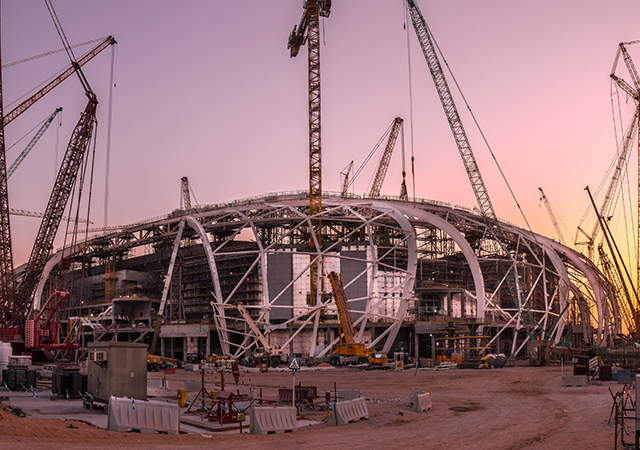
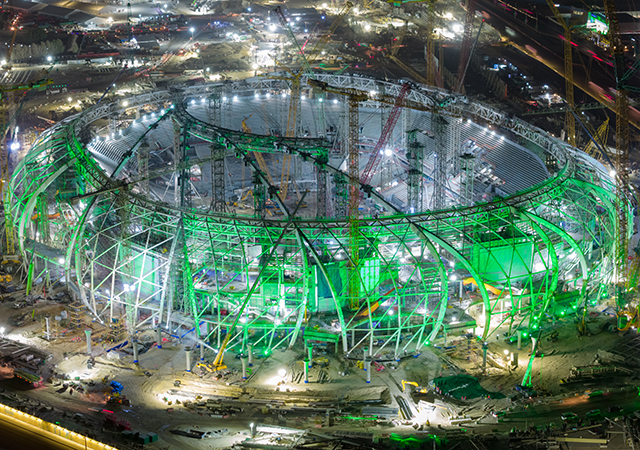


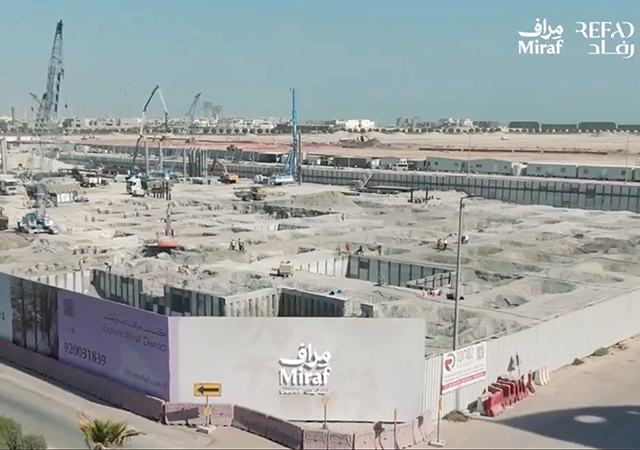
.jpg)



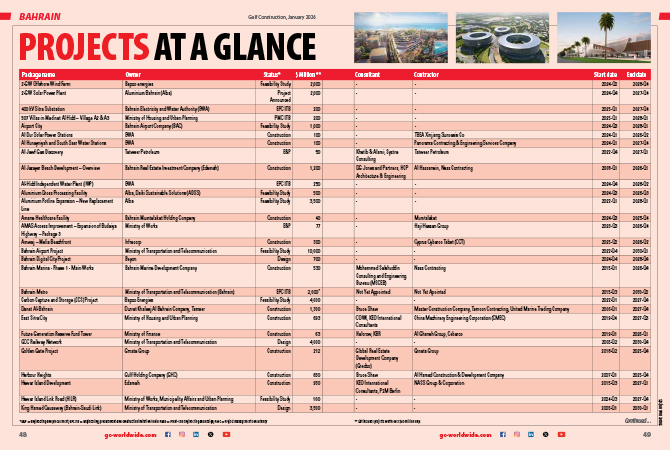
.jpg)

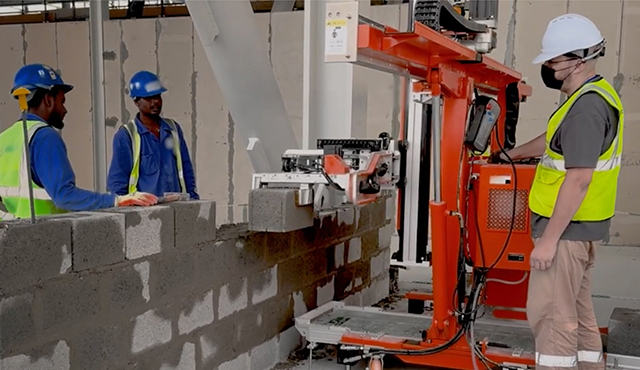
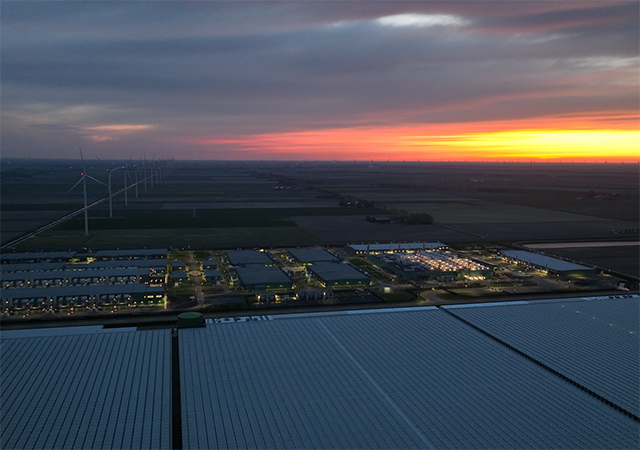
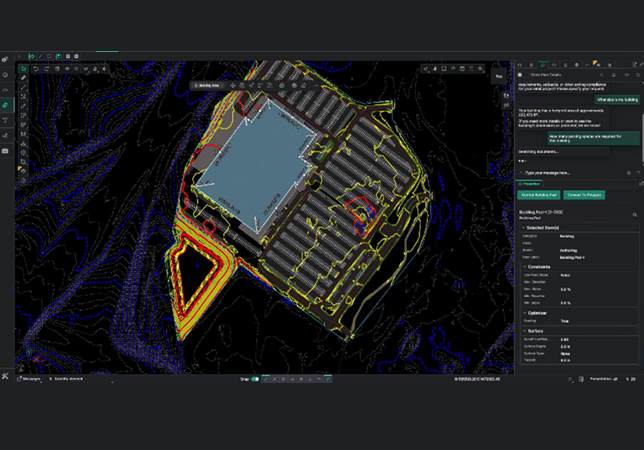

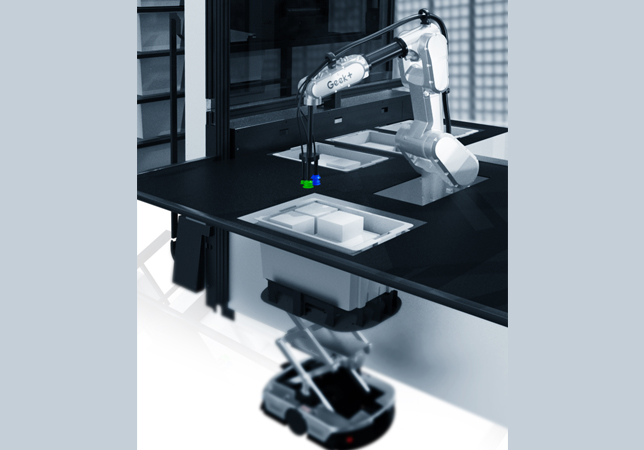


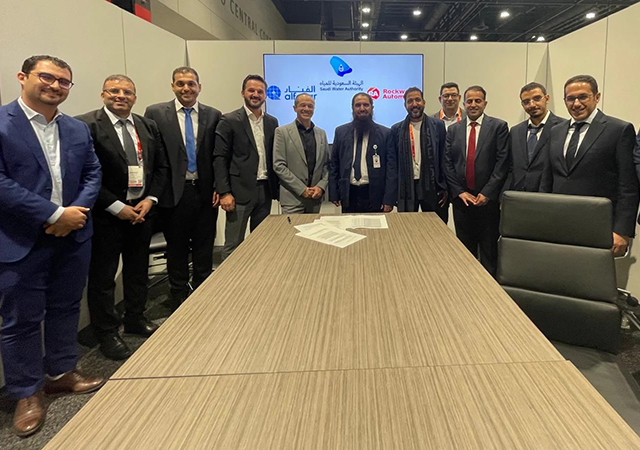

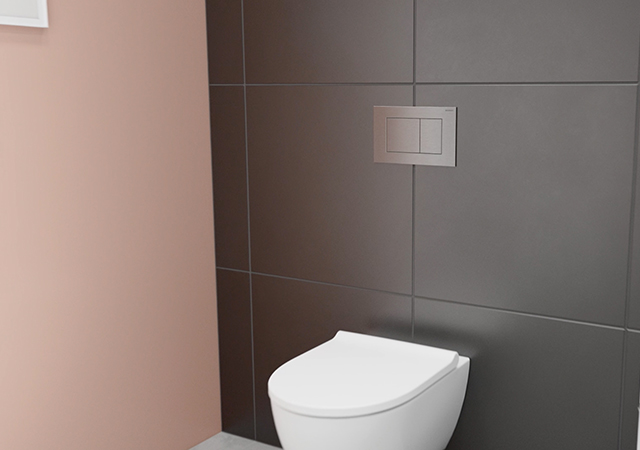
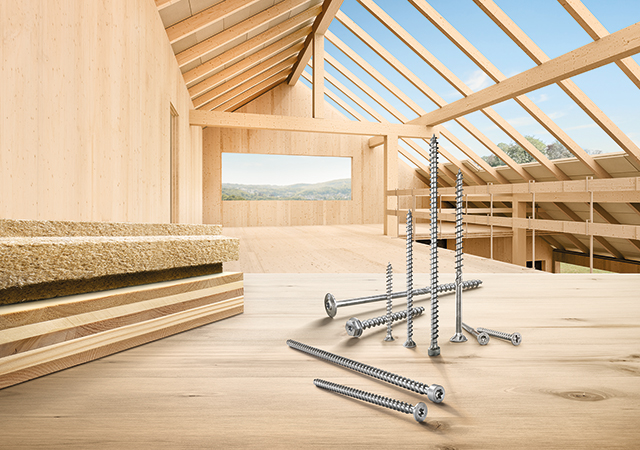
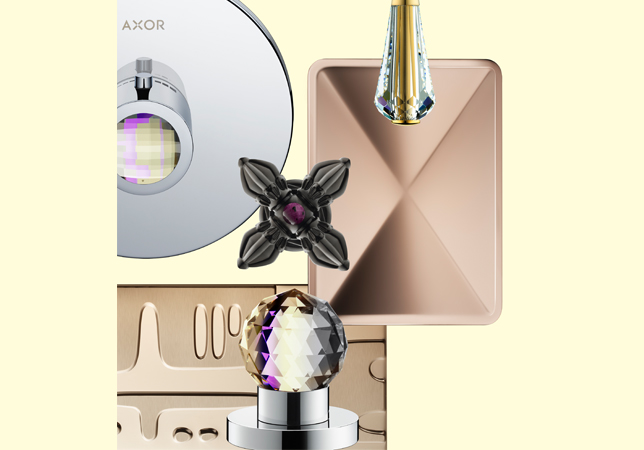

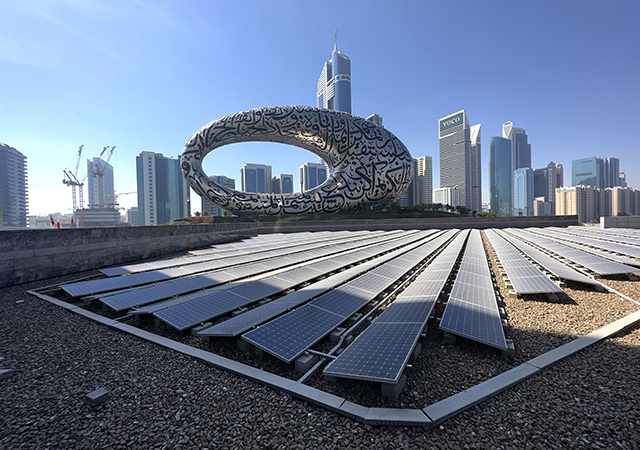
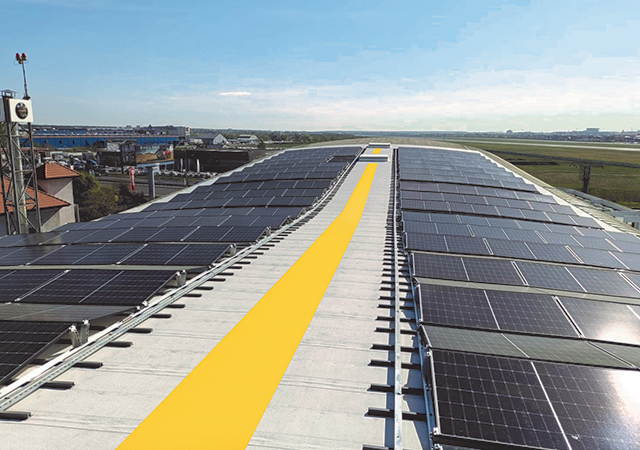
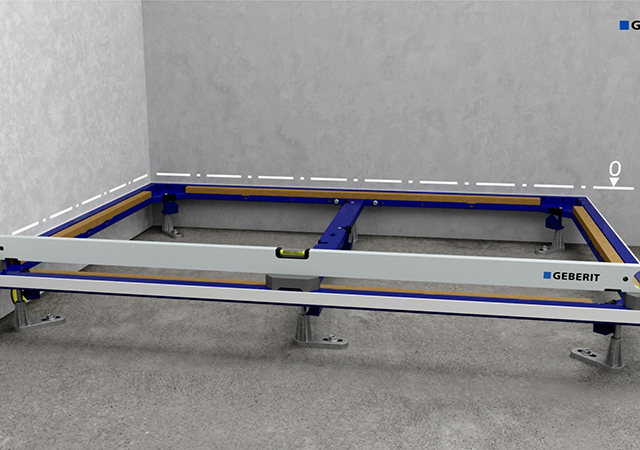






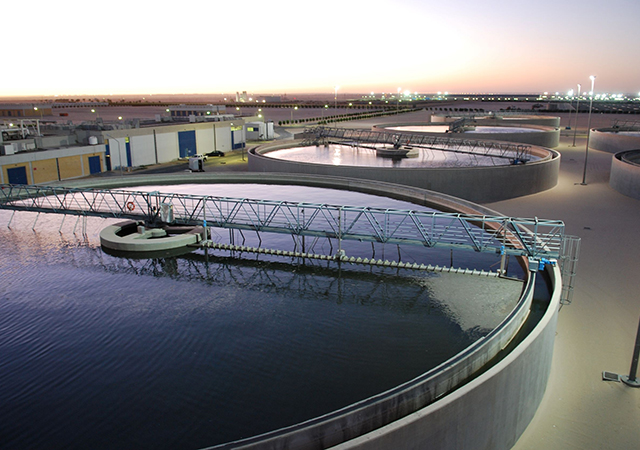



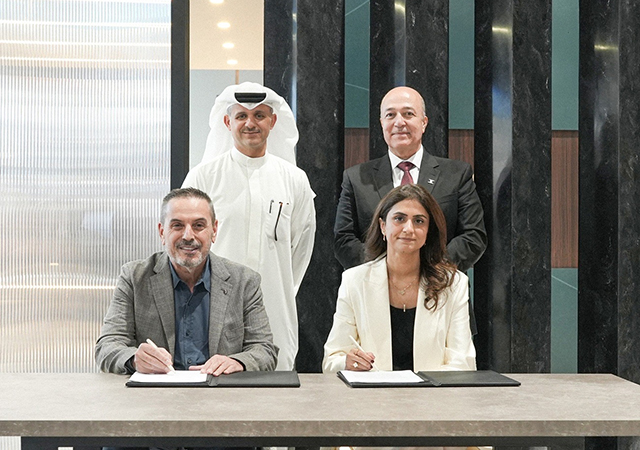
.jpg)




